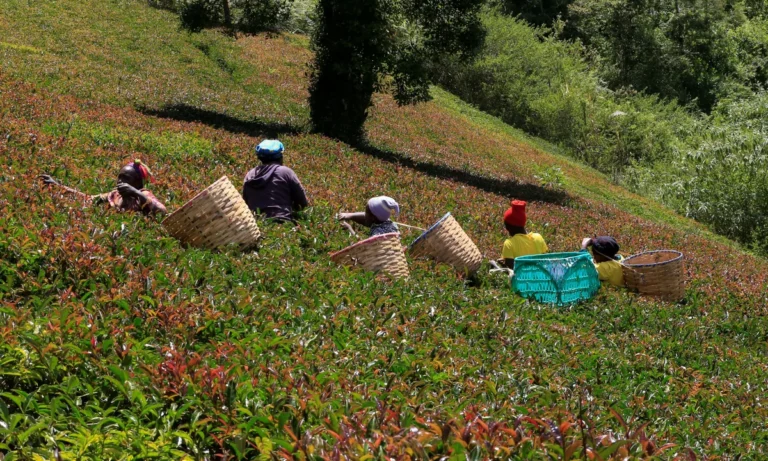Global tea prices rise 15%, adding pressure to the $2 trillion food import bill
Tsara Tea – The world’s love for tea is becoming more expensive. According to the latest Food Outlook from the UN Food and Agriculture Organization (FAO), global tea prices are now 15 percent above their long-term average, adding to the record $2 trillion food import bill projected for 2025.
The biannual FAO report points to sharp price increases for cocoa, coffee, and tea as the leading contributors to the rising cost of food imports worldwide. Together, these three commodities account for over half of the anticipated year-on-year increase in import expenditures.
Impact across countries
The effects of rising tea prices are not uniform. High-income countries, which represent two-thirds of global food imports, are forecast to see a 4.4 percent increase in their total import bill. In contrast, import spending in middle- and low-income countries is expected to decline — but that doesn’t mean relief for consumers.
For tea-exporting nations, the commodity’s high value is a lifeline. In Sri Lanka, for example, tea exports offset more than half of the country’s total food import costs. FAO notes that such export earnings can play a critical role in stabilizing national economies amid fluctuating global markets.
Production and market outlook
While tea prices are climbing, global production forecasts remain mixed. The FAO warns that extreme weather events, climate-related crop failures, and geopolitical instability could cause additional price volatility in the year ahead.
Some tea-producing countries have already faced reduced yields due to drought, erratic rainfall, or pest outbreaks. These pressures could be further intensified by the increasing costs of fertilizers, though global prices for most types have fallen since their 2022 peak.
Climate and sustainability factors
The FAO report highlights that sustainable agricultural practices — including water-efficient irrigation systems, soil health management, and shade-grown cultivation — will be critical for stabilizing long-term tea supply.
It also suggests that governments and industry stakeholders should consider climate-resilient crop varieties and expanded farmer insurance schemes to safeguard both livelihoods and global market stability.
A drink with economic weight
Tea is far more than a cultural staple. With prices now well above historical levels, the FAO warns that shifts in the tea market could have ripple effects across trade balances, consumer spending, and food security.
As the world’s second most consumed beverage after water, even small increases in tea prices can make a significant difference for billions of people — from smallholder farmers in producing countries to everyday tea drinkers worldwide.







